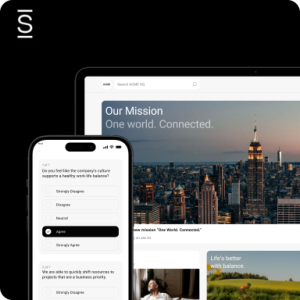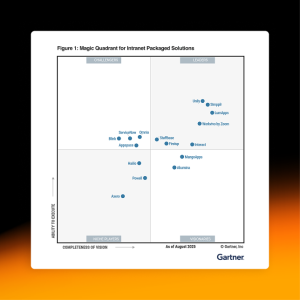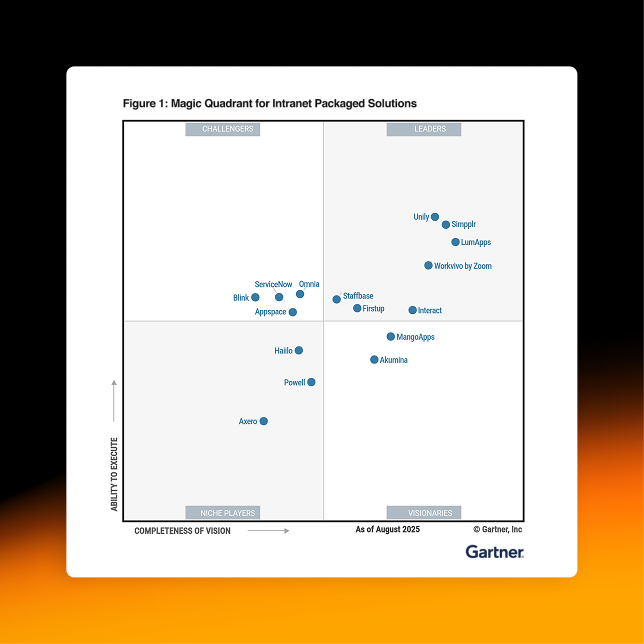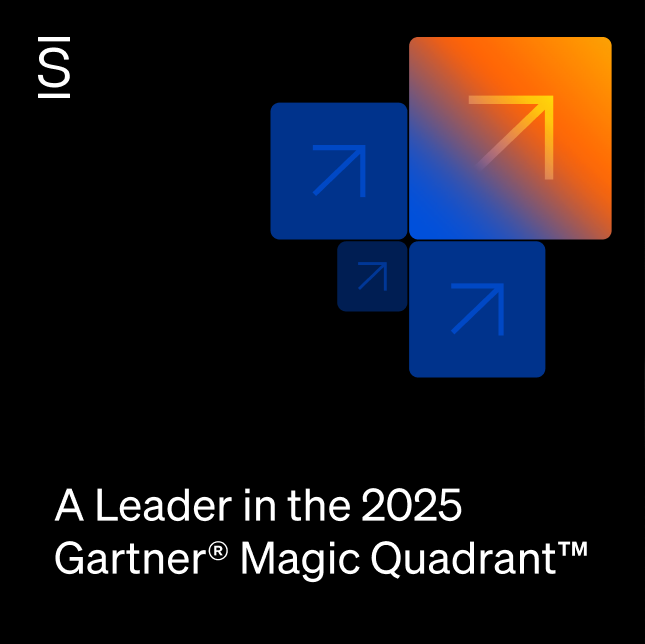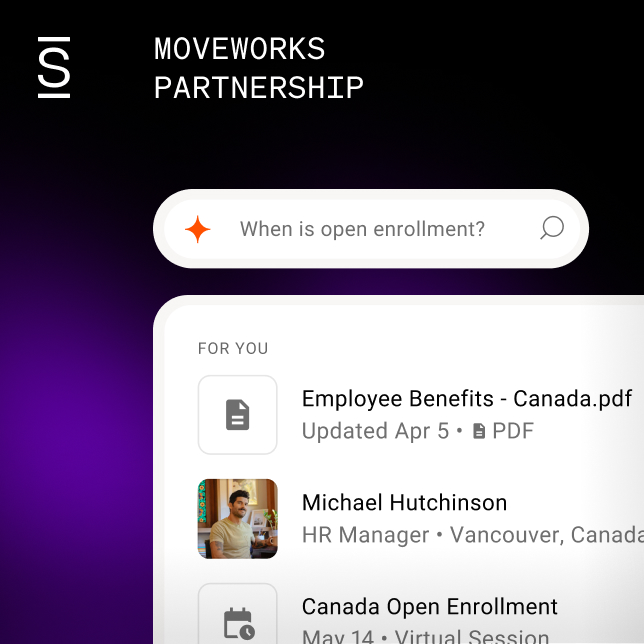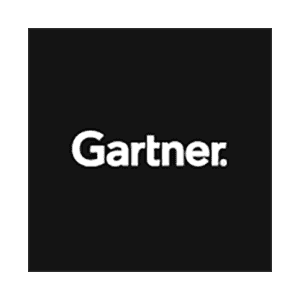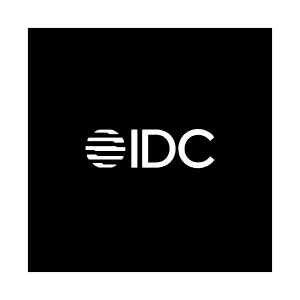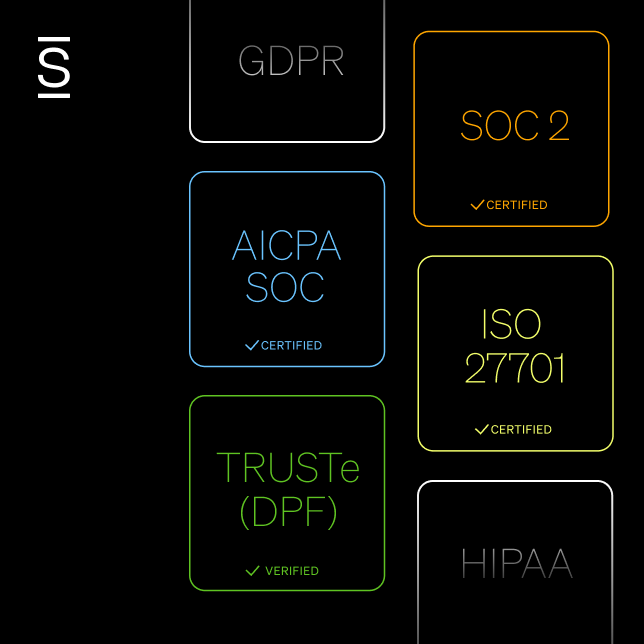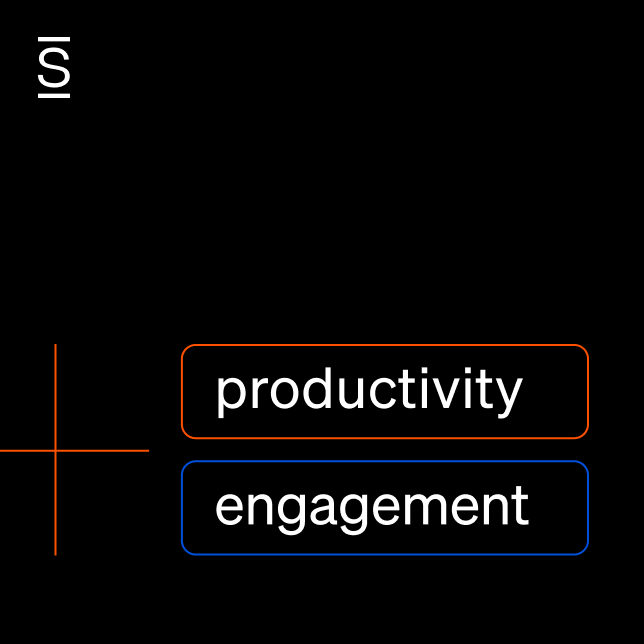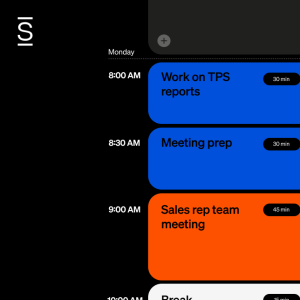Managing the workforce is the responsibility of a company’s human resources (HR) department. This entails various tasks connected to finding, selecting, onboarding, educating, growing, rewarding, and retaining personnel. And it’s as complex as it sounds!
What is an HR strategy?
An HR strategy is a roadmap for how organizations manage their human resources, fostering a positive work environment to drive growth and success.
To ensure that the workforce is aligned with the company’s mission, vision, and goals, the HR department frequently works closely with management and other organizational departments. In addition to designing and executing policies and processes that support fair and equitable treatment of all employees, HR experts ensure the company complies with applicable employment laws and regulations.
Today, HR roles have expanded to include a focus on employee experience, as this ultimately determines whether employees stay or go—and what they share with potential new hires considering your company either way! And there are four pillars that are key to creating a successful HR strategy.
Key pillars of an HR strategy
1. Recruitment and talent acquisition
This pillar of the HR strategy supports the process of filling vacancies and the many moving parts that must align in that process. It broadly covers the spectrum between initial job interviews, right through to feedback on job performance, and all that happens between.
Some of the best practices for effective recruitment and talent acquisition are:
Project a strong brand: The way you market your company matters. If your brand strongly aligns with company goals and projects a consistent and confident message, this will attract top talent and increase employee retention. Effective employee experience management can influence employees to become brand advocates. This will spread positive word-of-mouth and enhance your company’s reputation.
Ensure quality advertising: SEO and SEM best practices are vital so your advertisements are seen. Monitor your advertising results and be ready to pivot if your material isn’t attracting top talent. Create thoughtful advertising that speaks to not only what you seek, but what you offer. Be flexible with advertising channels wisely to reach your target audience and expand inclusivity and diversity efforts.
Hire the right person: Take your time to screen candidates carefully. A poor fit is not only costly, but it can lead to low productivity, high turnover, and negatively affect workplace culture. create team morale issues. Use AI in recruiting to automate the sourcing process. With AI, recruiters can efficiently filter out candidates based on key skills, experiences, and qualifications. This allows them to focus on the most qualified candidates for the position.

Dedicate time to planning the interview: It’s essential to offer a focused, informative interview where the meeting is of value to both sides. Research the candidate and personalize the experience, as top talent is interviewing your company for fit as well!
Build a social media outlook: Many people find jobs through networking, online job portals, and social media platforms like LinkedIn. Having a solid HR strategy for these platforms is crucial. With social media, recruiters and HRs can showcase what makes the company a great place to work — the values, mission, workplace culture, and employee stories. This helps build an emotional connection with potential candidates
Offer what is wanted: In addition to stellar compensation packages, employees today require flexibility, understanding, and compassion. They want to be part of a cohesive whole and feel connected to and proud of their work. Adapt your offering as needed to attract and retain star performers.
Smooth onboarding process: Set clear expectations, provide relevant resources, and empower new employees to get going fast. Ensure the onboarding process is a springboard for new arrivals — one that starts things off on the right foot and doesn’t make them second-guess their decision to join your team.
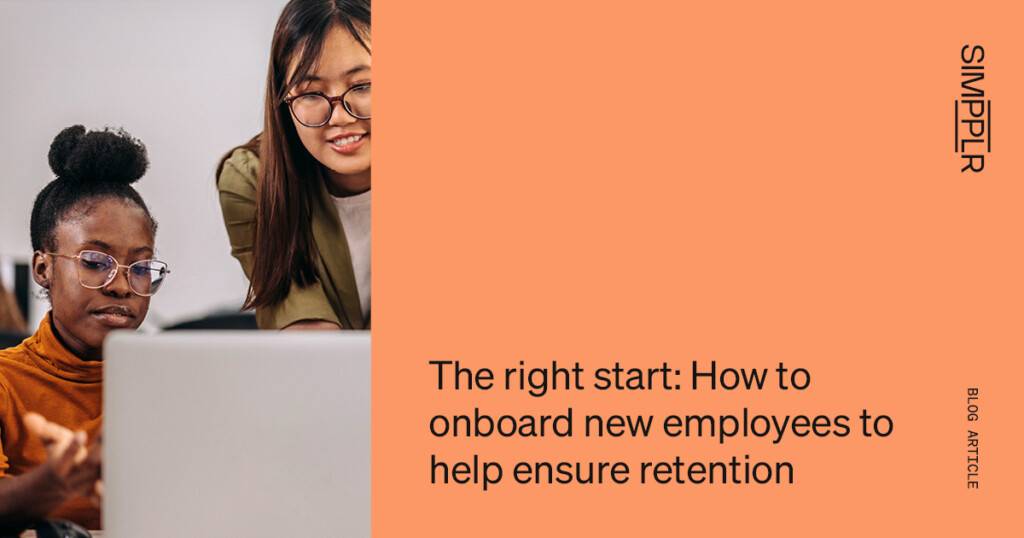
Talent profile: Intentional cultivation of a talent profile list, also called ‘pipelining,’ gives you an exceptional group of potential employees to pull from. Be proactive and take steps to nurture relationships there. Share info about company interests and activities outside work to attract potential workers who are the best fit.
Promote diversity and inclusion: These are essential factors in successful recruitment and talent acquisition. Employing DEI recruitment practices to attract diverse talent is crucial. This promotes innovation and creativity and takes advantage of a wide range of skills. A company benefits in an environment where many ideas and processes flow, and that can’t happen in a homogeneous group.
2. Employee development and retention
Opportunities for personal and professional growth and career development are crucial to encouraging employee engagement, and developing talent within a firm can have a positive effect on employee retention. The best practices for training, coaching, mentoring, and internships must thus be included in a strategic plan that HR departments must put into action.
Retaining engaged staff is essential to an HR strategy because it boosts the bottom line, as recruiting and onboarding new employees can be expensive. Employers can assist their employees in growing professionally and personally by providing career pathing possibilities, helping them avoid hitting a career wall, and discouraging them from looking for better opportunities elsewhere.
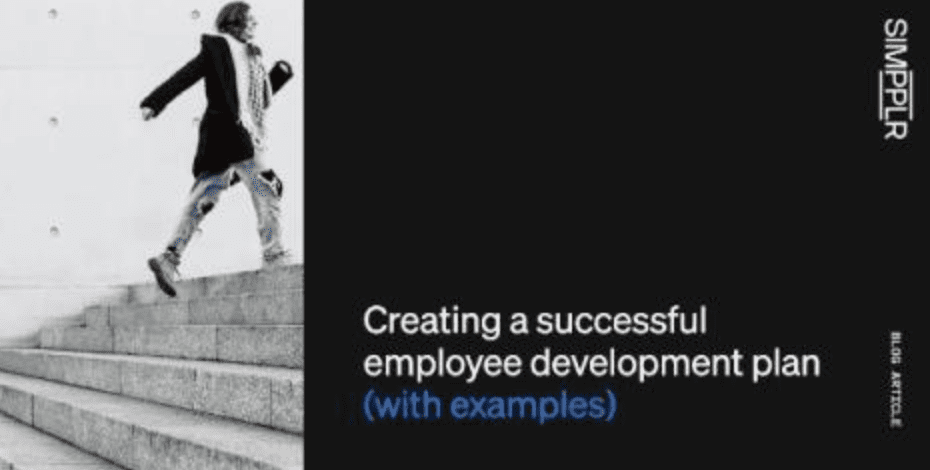
Companies may retain engaged people and have a beneficial effect on the bottom line by prioritizing personal and career growth opportunities and putting best practices around training, coaching, mentorship, and internships into practice. A clear path to advance within the company is critical.
3. Performance management
This is a technical pillar within an HR strategy. It calls for an advanced intranet performance management system that can be used to track an employee’s progress and growth. It motivates employees to achieve company tasks and goals and continue learning.
Best practices to be considered:
- It’s important to enable regular performance management conversations to keep communication clear between employees and management. This way, issues can be addressed and remedied quickly.
- Collaborative, regular goal setting is critical to sustaining employee engagement.
- Recognition is vital for employees to feel seen and valued, and this can be done via timely feedback around efforts. This fosters a culture of engagement, trust, and loyalty.
- A fair evaluation of performance is critical because this also drives engagement through two-way communication, where honest feedback is encouraged.
- And it’s beneficial if employee and company goals run parallel. This enables employees to understand where they fit into the company and contributes to the feeling that they are part of the big picture.
4. Employee engagement and communication
Employee engagement is the commitment, motivation, and emotional investment an employee brings to the workplace. Feedback, recognition, and rewards are all key elements of this. Highly engaged, satisfied, and loyal employees often act as brand advocates and are more likely to go the extra mile. Positive attitudes, promoted by effective engagement, lead to an overall sense of belonging and cohesion in the workplace, affecting coworkers.
Key practices should include the following:
- Engage employees by knowing your team and setting realistic expectations.
- Communicate clearly, so team members are equally and consistently informed.
- Be transparent and build relationships based on trust.
- Encourage two-way discussion and feedback.
- Take team ambitions and endeavours seriously.
Monitoring and changing up engagement tactics as needed is important because employee engagement is vital to company success.
Other HR strategy pillars include organization design, employee relations, service delivery, legal requirements, etc.

Conclusion
To develop and sustain an effective HR strategy, be professional and keep pace with HR trends in the marketplace to attract, engage, and retain the best possible talent for the company. HR departments no longer exist merely to hire and fire. They are now involved in and responsible for important parts of the company’s daily strategy and, in the end, its long-term success.
Get a live demo to learn how Simpplr can enhance your HR capabilities and get employee engagement back on track!
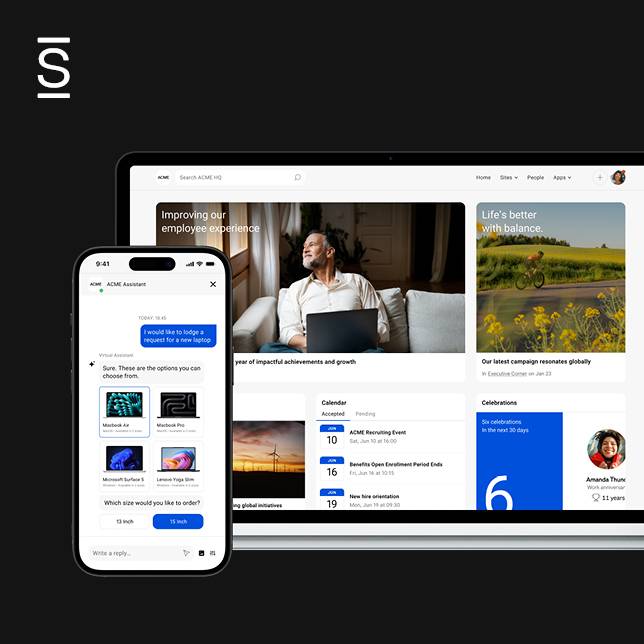
Watch a 5-minute demo
See how the Simpplr employee experience platform connects, engages and empowers your workforce.
- #1 Leader in the Gartner Magic Quadrant™
- 90%+ Employee adoption rate


